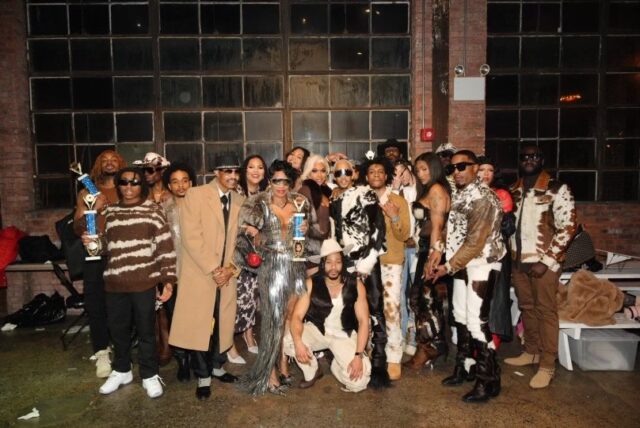
By Ari Harris
As we celebrate the end of LGBTQ+ History Month, we are reminded of the importance of celebrating and safeguarding our history. The stories we share and document ensure that our experiences are not lost to silence or erasure. The act of remembering—especially for a community that has often been pushed to the margins—is in and of itself an act of radical resistance.
The first LGBTQ History month occurred in 1994. It began with Missouri high school teacher Rodney Wilson, who, as the first openly gay public school teacher in the state, wanted a month dedicated to the celebration of LGBTQ history. The significance of LGBTQ History Month taking place in October comes from two pivotal Marches on Washington for LGBTQ+ rights, occurring in 1979 and 1987. What started as an individual effort to increase the visibility of queer history has grown into a global celebration and recognition of queer history in twenty-two countries.
From oral histories and documentaries to exhibitions and archives, LGBTQ+ history takes many forms. Every effort made to record this history is a different way of saying, “I was here. We were here. This matters.”
This past summer, City Lore, a cultural exhibition space in New York City, in collaboration with Arts Westchester and Pioneer Works created an exhibition on the cultural legacy and community impact of House Ballroom. One of the main collaborators in this exhibition is Michael Roberson. Michael is an activist, artist, House Ballroom curator, and a public health practitioner. He founded four Houses and has hundreds of children in the ballroom community.
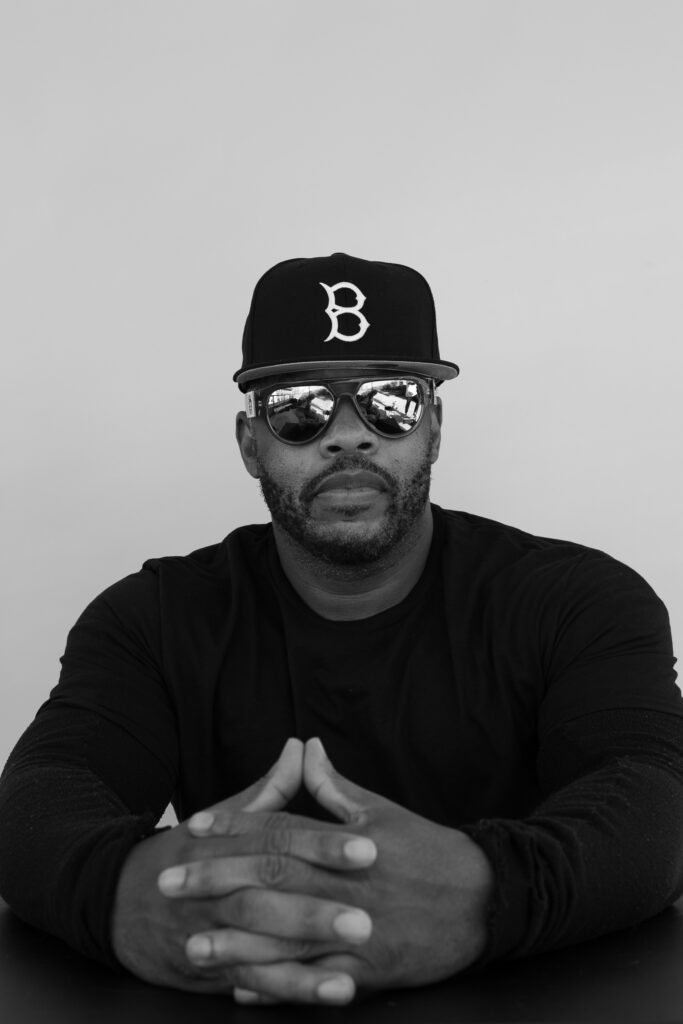
Michael’s work in the ballroom scene extends beyond the performance and competition. Inspired by his friend Albert Santana, the organizer of the Latex Ball, which works to promote awareness and prevention of HIV in New York City, Michael began to see ballroom as a place for community care, leadership development, and public health.
Earlier in his career, Michael facilitated LGBTQ+ youth groups and worked as a Public Health Crisis Counselor for the Kansas City Board of Education. He later moved to New York City after “hearing a voice telling [him] to move to do more work with LGBTQ young folk.”
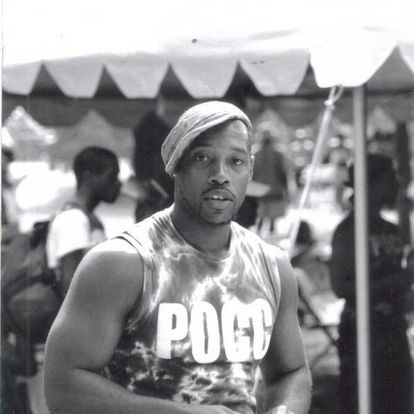
From the 90s into the early 2000s, Michael continued to walk in Balls, but with his focus shifting towards creating leadership and skill-building spaces for younger members of the community. In line with this work, he created the POCC (People of Color in Crisis) Ball. Alongside the artistry and celebration of ballroom culture, this event offered HIV screening, health education, and served as a place for social support.

In 2005, Michael founded the Federation of Ballroom Houses, which united ballroom houses across North Jersey and New York City under the cause of leadership development and providing a stronger base for community-centered programming. Thus, Michael’s work created a site for engagement, health advocacy, and education.
The first film capturing life in the ballroom was 1990’s Paris is Burning by Jenny Livingston. Michael points out that the idea of having someone there taping in a professional way was somewhat at odds to how ballroom culture has existed largely underground in many ways.
Perhaps the practice of archiving and documenting one group’s history as it is happening is something that seems odd. Yet there are moments where someone from a community that is rarely understood or seen decides to pick up a camera, write something down, or save a relic from a night that mattered. The small quiet acts of preservation go beyond an individual gesture of nostalgia; they are declarations of worth.
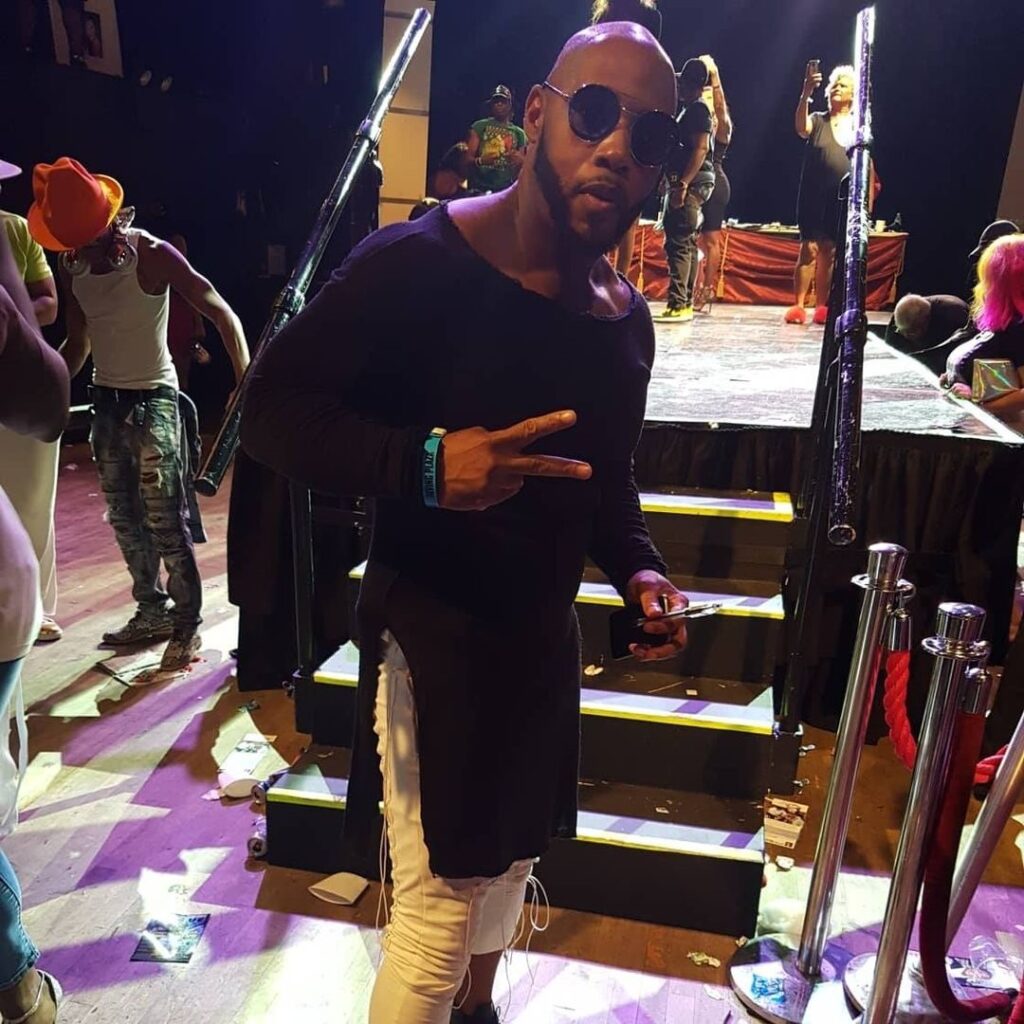
This is not just about ballroom history. It is about Black history, LGBTQ+ history, and many other threads of experiences that may often be ignored. As Michael puts it, our histories are valuable enough to be documented; “they are valuable enough to be a part of the historical lexicon.”
Remembering is a way of showing we care for one another in times of health, crisis, triumph, and anything in between.
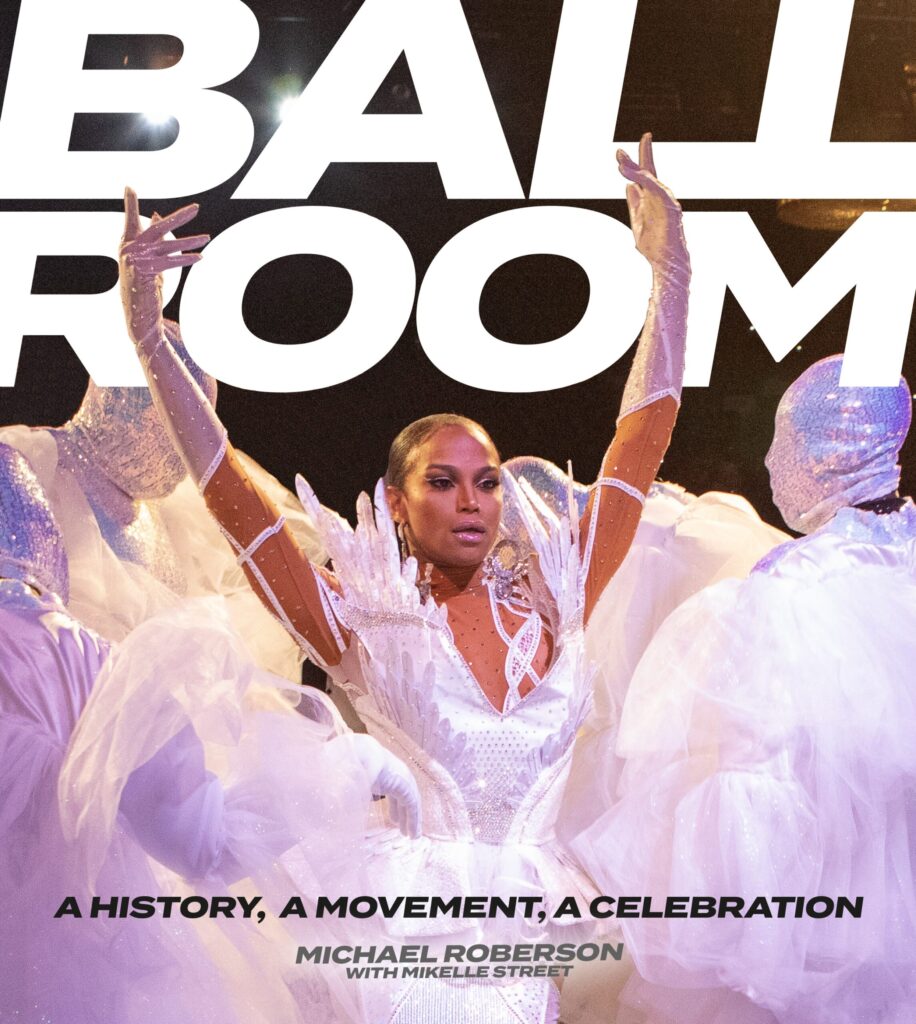
Michael Roberson’s book, Ballroom: A History, A Movement, A Celebration, honors where ballroom began, and where it is today. The book is full of stories, interviews, and photos that capture this vibrant community through fashion, glamor, and the support of one another.





